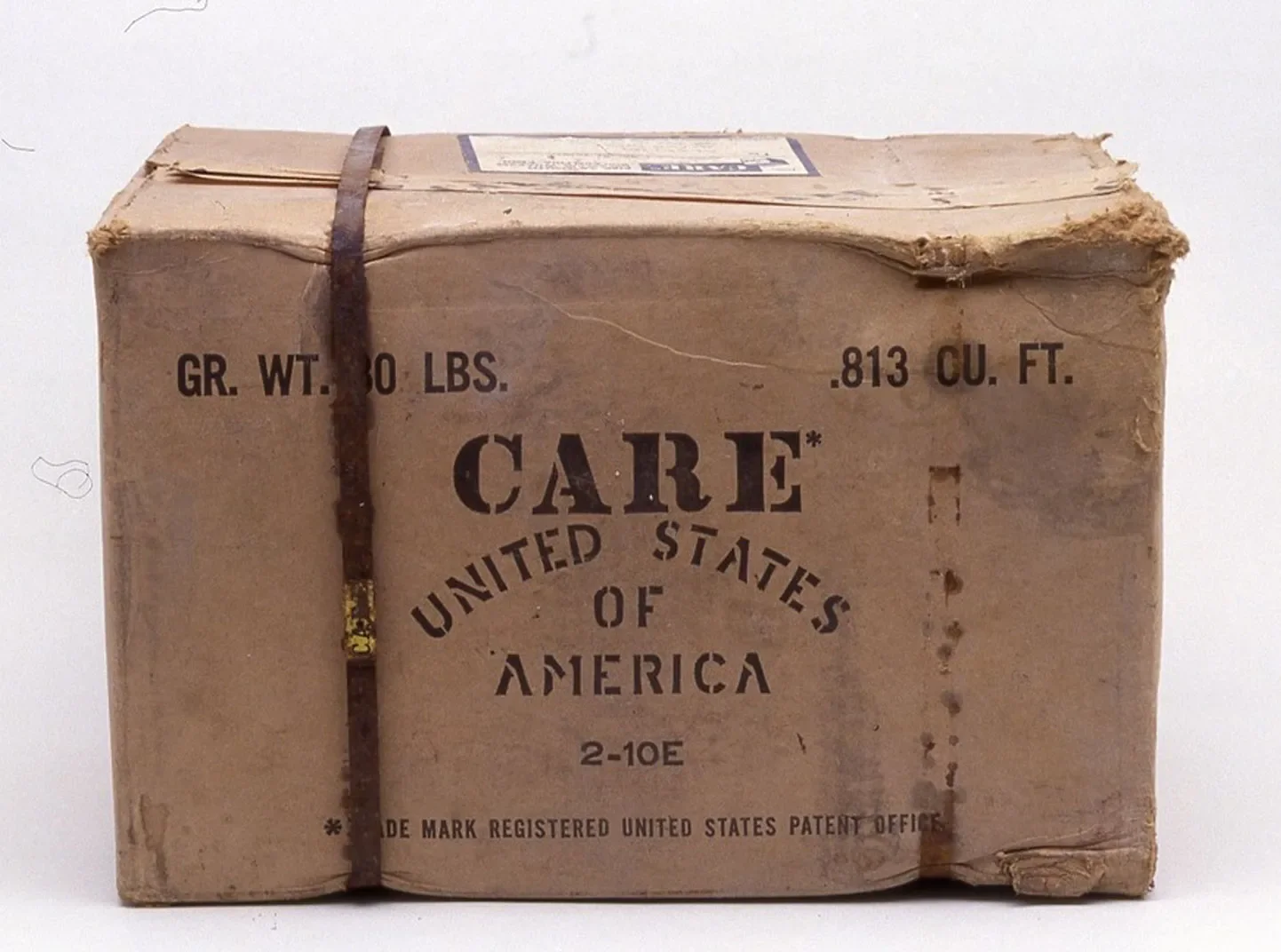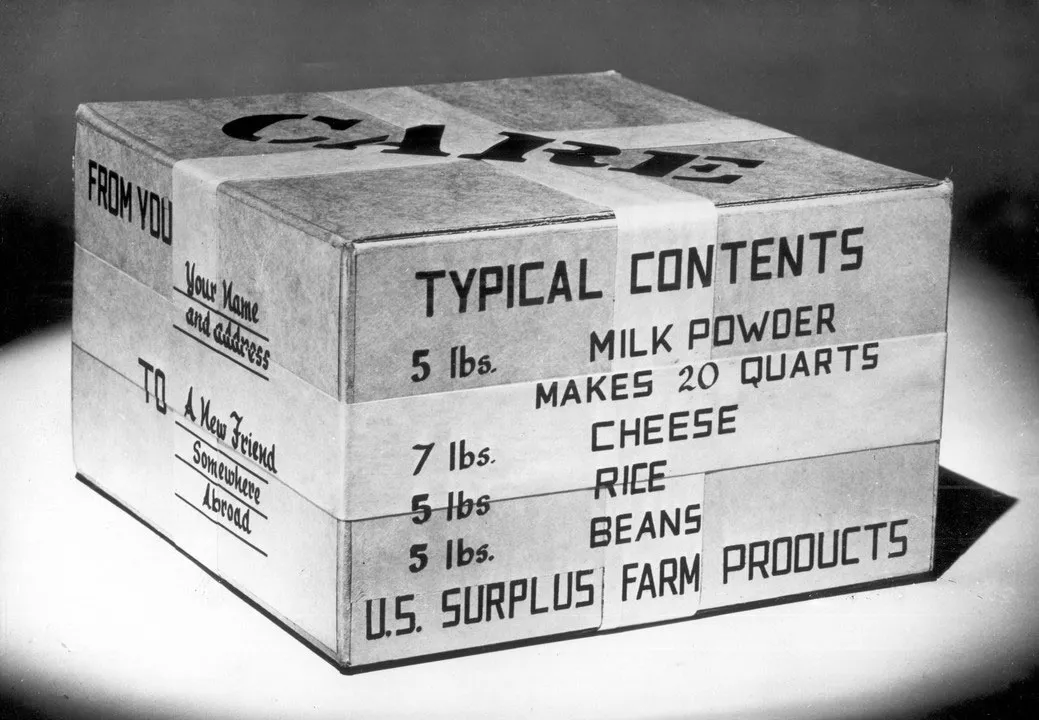The History of the CARE Package
CARE was founded in 1945, when 22 American organizations came together to rush lifesaving CARE Packages to survivors of World War II. Thousands of Americans, including President Harry S. Truman, contributed to the effort. On May 11, 1946, the first 15,000 packages reached the battered port of Le Havre, France.
Today’s CARE Package takes the form of a donation to help communities in the greatest need.

